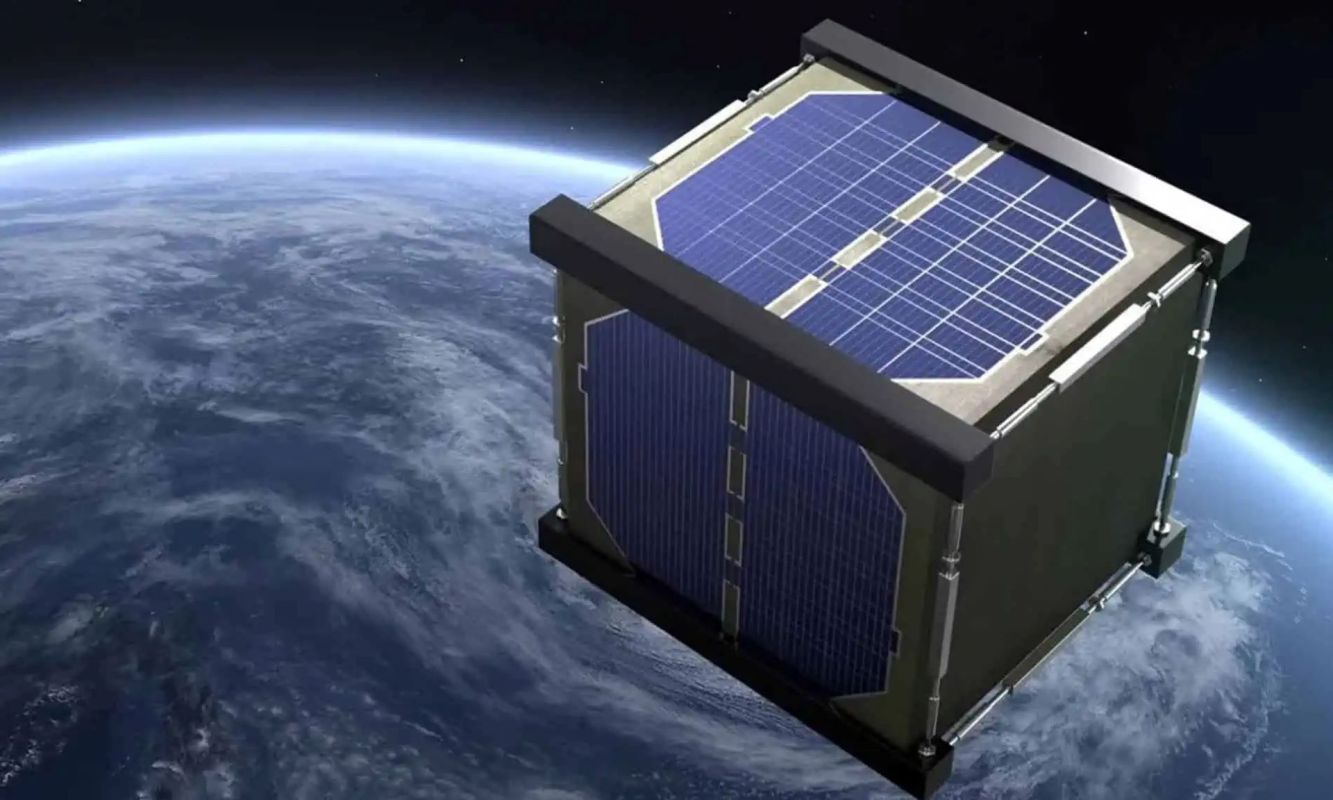Here's a headline you never thought you'd read: Japan is about to team up with the U.S. to launch a satellite made of wood, the Guardian reports.
No, it's not a wacky sci-fi plot or a publicity stunt. Wood might actually be the answer to a major problem with our current satellite designs.
Takao Doi, a Japanese astronaut and aerospace engineer at Kyoto University, explained the issue to the BBC in 2020. "We are very concerned with the fact that all the satellites which re-enter the Earth's atmosphere burn and create tiny alumina particles which will float in the upper atmosphere for many years," he said. "Eventually it will affect the environment of the Earth."
Aluminum damages the ozone layer, the Guardian explains.
The pollution might not be a major problem if we were talking about one or two satellites; but as more and more of our communication and technology has begun to rely on these devices, their numbers have ballooned. As of February 2024, Orbiting Now lists 9,413 manmade objects circling Earth, 13 of which are actively in the process of falling.
That's a lot of pollution, and researchers at Kyoto University hope they've found a way to avoid more, the Guardian reveals: with wooden satellites that burn up on re-entry.
Working with logging company Sumitomo Forestry, they sent wood samples from several types of trees to the International Space Station. Lab tests on Earth and a year of testing in space showed that magnolia wood was the most resistant to splitting, so that's what they used to build the LignoSat probe — but all of the wood performed surprisingly well.
"Wood's ability to withstand these conditions astounded us," Koji Murata, head of the project, told the Guardian. He further explained that there are no living organisms in space to rot the wood, and the lack of oxygen means it can't burn.
The LignoSat probe is only about the size of a coffee cup, but if it performs well on its six-month mission starting this summer, more wood satellites could follow.
Join our free newsletter for weekly updates on the coolest innovations improving our lives and saving our planet.









